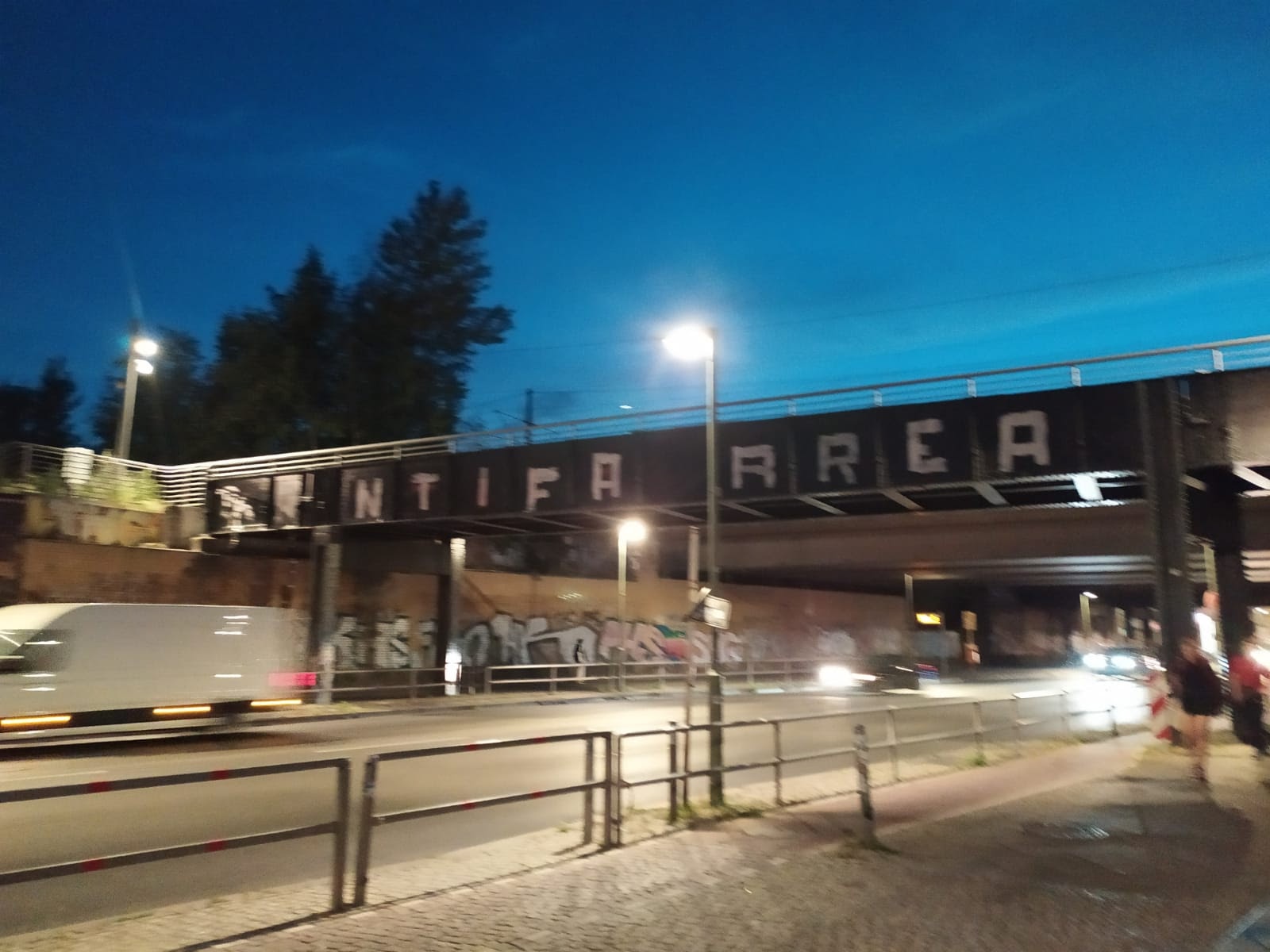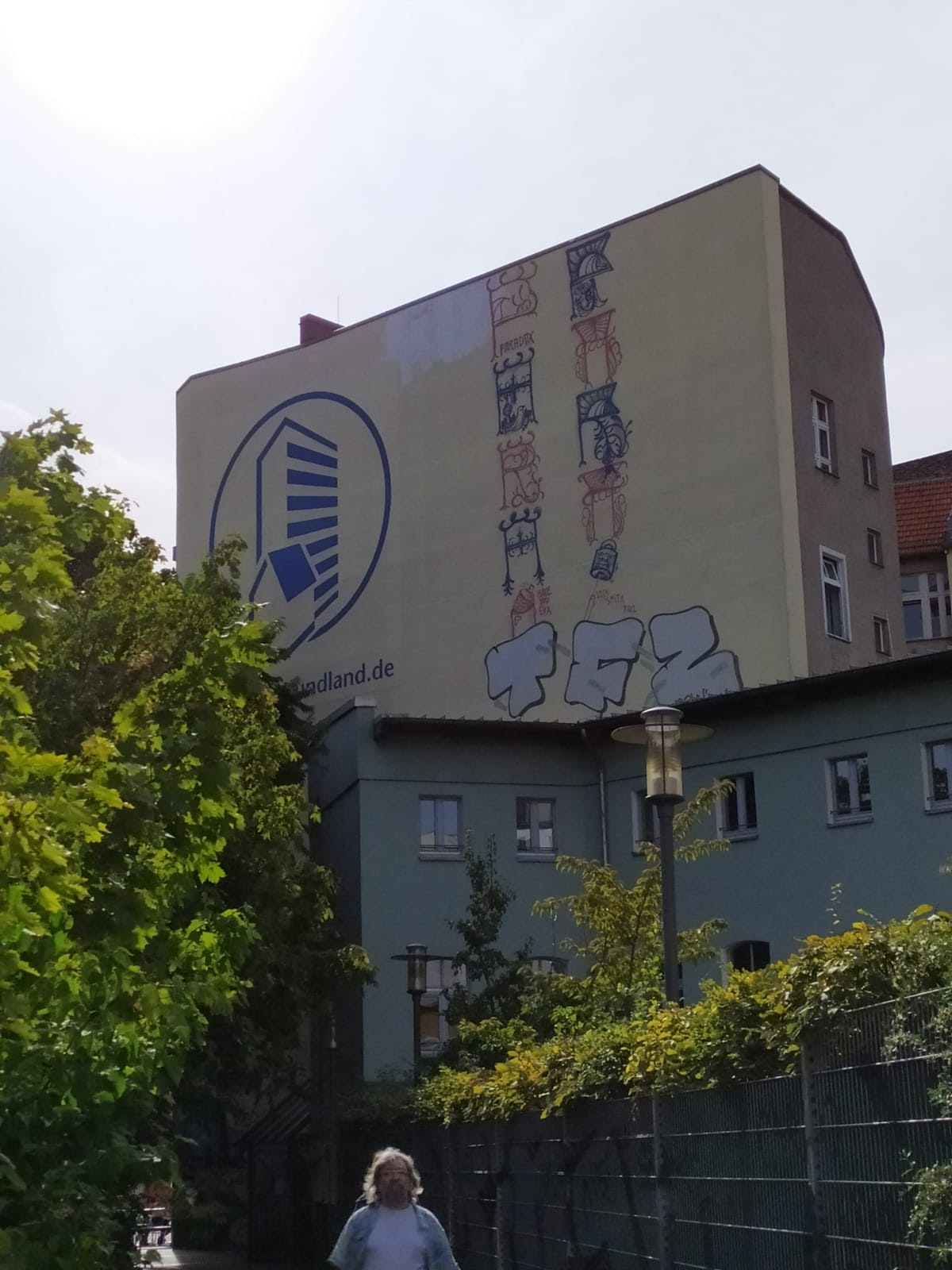Political Culture & Activism - Teresa & Wiebke
Map forms of cultural expression or identities you find in the area: are there institutions, monuments, practices? Compare dominant / official culture vs subcultural expressions and minority or ethnic cultural practices. Are there material artefacts or intangible practices and languages? Reflect on their specific attachment to / relation with the local territory.
We decided to sit in Heinrich-Lassen-Park to analyze our mission while observing social cultural practices performed by citizens in the park. We asked ourselves what is culture? With the Schöneberg map in our hands, we started to understand more about the neighbourhood institutional culture by firstly checking the toponymy of the streets. Were there preeminent historical characters? Were they sharing common histories or features? To add? But more than institutional culture, we have been interested in grasping beneath the surface to find more about local subcultures/countercultures and we identified an initial research path in graffiti and street art to orient our exploration: which kind of graffiti can we find in Schöneberg? Where are they located? Which are the main conveyed messages? Do they reclaim something? Are they linked to local groups? Is commissioned street art or spontaneous tagging?
We walked through the Akazienkiez between Akazienstraße, Dominicusstraße, Hauptstraße and Eisenacher Straße, then we discovered the neighbourhood around Crellestraße and Feurigstraße, close to the train trails, when finally we entered the area that is referred to as “Rote Insel” (red island). While walking, we spotted graffiti, we focused on dichotomies: institutions and monuments vs subcultural expressions, dominant cultures vs ethnic minorities cultures, socio-cultural practices vs material cultural expressions. We found out that monuments are used as gathering space and kids playgrounds, they are recognized by residents as places to perform social practices. Apostel-Paulus-Kirche is surrounded by cafés and restaurants and the churchyard was crowded by people eating and enjoying the sunlight. Sculptures, close to playground are used by children to climb on.
A common social practice is urban gardening. Inhabitants take care of small public green areas and this might be linked with environmental activism (we found many Fridays For Future and Extinction Rebellion stickers) which is also confirmed by the good election results of the Green Party in the neighbourhood.
Also the presence of the LGBTQI*-community is made visible by activists through stickers, posters and rainbow paintings.
We collected pictures of all the expressions of (political) activism, clustered them in themes and combined them in a collage, to have a colorful overview of topics. But it was also clear, that the expressions are more isolated and don’t dominate the overall picture of the neighbourhoods.

History of Activism at “Rote Insel”
During some general desk research on Schöneberg, we randomly stumbled upon the Rote Insel (Red Island) history, a former working-class residential district in the south-eastern part of the neighbourhood, whose borders are constituted by the railways in a triangular shape. Following our interest in subcultures, we tried to investigate what was left of the political culture for which the block was famous, which is its legacy and whether it has taken other forms in the last decades. Therefore, we carried out a second exploration walking along the Rote Insel’s borders and through the historical working-class block. Borders are porous and are places of high exchange and interaction. They can be essential in the process of identity construction of a place. What we noticed is an interesting social activities “hub”/community center in Crellestraße, close to the railway border. This might suggest a metamorphosis of the traditional leftist political culture into a community mutualism and bottom-up social activities trend. From political activism linked to parties to a slighter community activism untied from clear political identification. This characteristic has been noticed by other participants to the training program too.
One of the few strong suggestions to a rooted leftist area is visible in one of the Rote Insel’s entrances, in Yorckstrasse. This is attributable to the proximity of the Rote Insel squat, the only one still existing among those occupied in the ‘70s within the area.

The workers block, which was mainly localized in Cherusker, Goten, Leber, Gustav-Müller and Naumannstrasse, is now a quiet residential area.
Commodification of the local political culture and history
The general process of subsumption and voracious absorption and commodification of the historical and cultural layers of the city happening in the whole Berlin doesn’t spare Schöneberg and its Rote Insel. Its history is sold in touristic tours and real estate investors are using subcultures codes as street art to advertise their companies.
